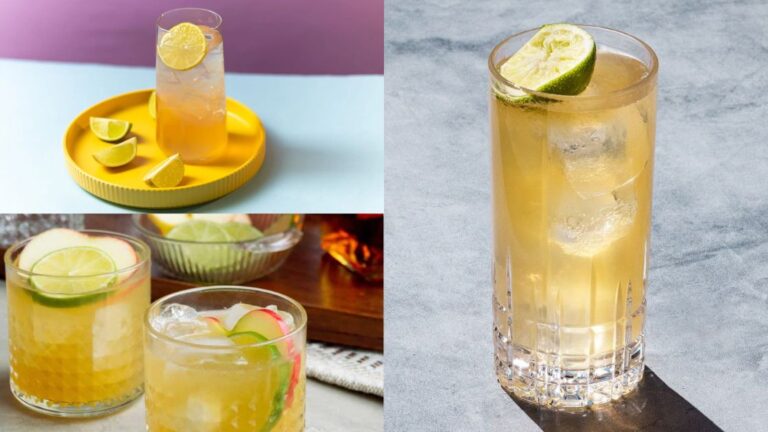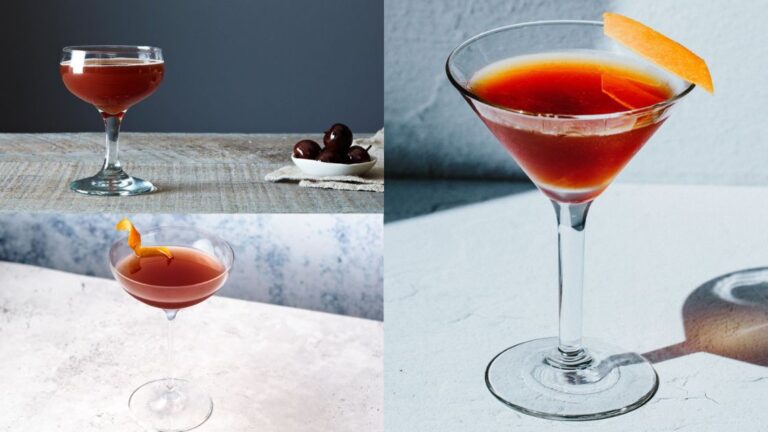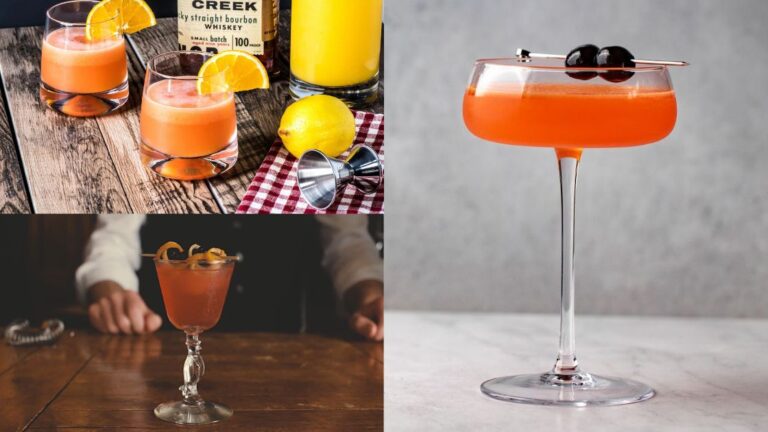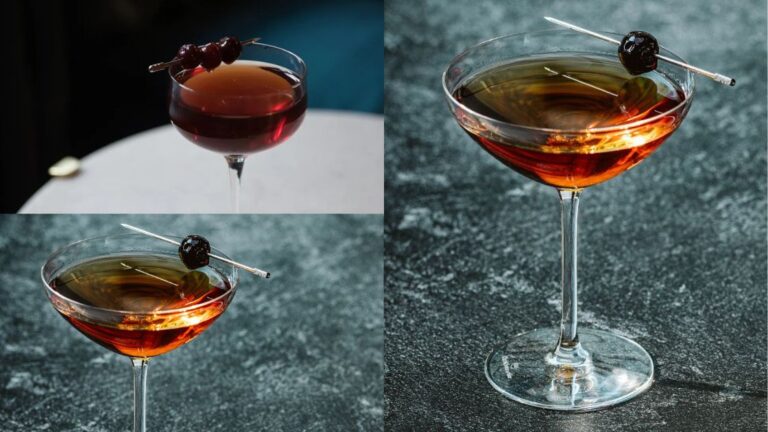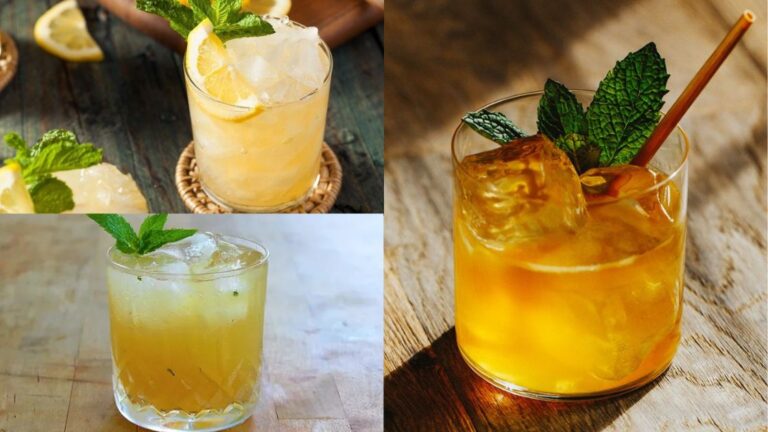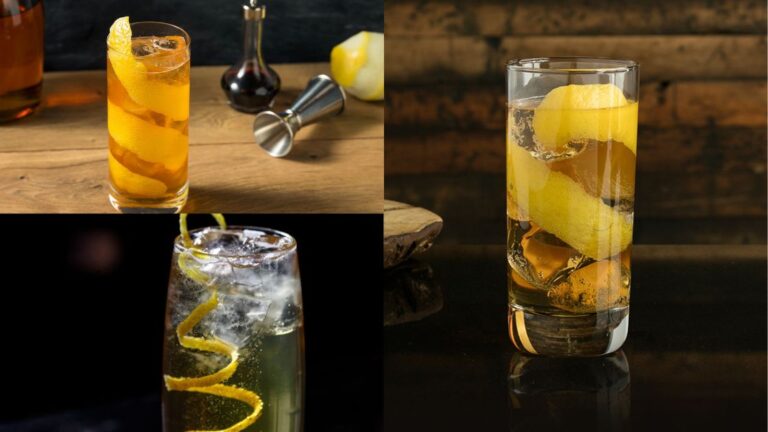Whiskey or whisky, both names are a type of distilled alcoholic beverage made from fermented grain mash. The grains used in this process can vary widely, from barley, corn, rye, and wheat, resulting in an array of assorted styles and flavors. This beloved spirit is known for its nuanced flavors, complexity, and the ability it takes to produce it.
The maturation of whiskey/whisky in wooden casks, charred white oak, further enhances its flavor profile and gives it a characteristic amber hue. From the smoky, peaty Scotch whiskies of Islay to the smooth, full-bodied bourbons of Kentucky, the world of whiskey/whisky is as varied as it is delightful.
The debate between “whiskey” and “whisky” is steeped in history, tradition, and national pride. This difference in spelling is not arbitrary or a matter of preference, but a reflection of regional language differences, production methods, and even legal definitions. This distinction often leads enthusiasts and collectors into enthusiastic discussions about quality, taste, and authenticity.
So, buckle up folks! We’re going on a deep dive to settle this whiskey versus whisky debate once and for all. From their historical roots to the ways they’re made, and right down to that glass you’re holding – we’re cracking open the whiskey/whisky code. Our mission? To arm you with everything you need to know to appreciate the depth and diversity of both whiskey and whisky. Who knows, you might even find a new favorite along the way!
History of Whiskey and Whisky
Origins and development of whisky in Scotland
So, this thing we call “whisky”? It comes from the Gaelic “uisge beatha,” which translates to “water of life.” If you’ve ever had a dram of good Scotch, you’d agree it’s a pretty apt name! Although we can’t say for sure when whisky first graced Scotland, we do know it’s been around since at least the 15th century (shoutout to the Exchequer Rolls of Scotland for the deets).
Back in the day, whisky was seen as a cure-all, an anesthetic, and antibiotic even. Every farmer had their own little still, churning out whisky from surplus grain. As time rolled on, whisky production went from homemade to big business, becoming a crucial part of Scotland’s economy.
Fast forward to the 19th century, and here comes the continuous still (aka the patent still), transforming whisky production by upping the volume like never before. Hello, blended whiskies! And hello, global Scotch whisky craze.
Introduction and evolution of whiskey in Ireland and the United States
Meanwhile, in Ireland, the “uisge beatha” tradition was thriving too. Irish monks who’d picked up distillation skills abroad brought the knowledge home around the 11th century. It took until the 18th century for the whiskey industry to really kick off, with distilleries becoming a thing and production ramping up.
You’ll notice that Irish (and American) folks tend to add an extra ‘e’ to their whiskey. Legend has it that the Irish brought this spelling over to America in the 19th century to set their hooch apart from the Scotch. Sadly, Prohibition (1920-1933) hit the U.S. whiskey industry hard, shutting down distilleries and causing a slump that took years to bounce back from.
Over in the United States, whiskey-making got its start in the late 18th century, with Pennsylvania and Maryland leading the way. But it’s in Kentucky where bourbon, the iconic American whiskey, was born. Bourbon still reigns supreme, famous for its sweet, full-bodied taste, courtesy of its corn-heavy recipe and new charred oak barrel aging.
Whiskey Vs Whisky: Spelling Differences
Explanation of regional spelling variations: Whiskey Vs Whisky
The spelling difference between “whiskey” and “whisky” is based on its geographical location of origin. In Scotland and Canada, it is spelled “whisky”. This tradition extends to other countries as well that have a history of Scotch influence, like Japan and Australia.
But, in Ireland and the United States, it’s spelled “whiskey”. (“Bartending for Beginners Guide | Former Bartender Interview – Modded”) This divergence in spelling is not just a trivial matter but also finds reflection in the labeling of bottles. You’ll find bottles from Ireland and the United States labeled as “whiskey”, whereas bottles from Scotland, Canada, Japan, or Australia will typically read “whisky”.
Reasons behind these spelling differences
The reasons behind these spelling differences are rooted in history, culture, and sometimes in an effort to distinguish the styles of the spirit produced. The ‘e’ in whiskey, used by Irish and American producers, came into use in the 19th century as a way for Irish producers to distinguish their products from the Scotch whiskies. Irish immigrants carried this spelling with them to the United States.
Scotch whisky and Irish whiskey were both widely consumed, but they had distinct styles. By spelling their product differently, Irish producers could signal to consumers that they were getting a different type of spirit.
The different spellings have been kept over the years, and they have even been codified in laws and trade agreements. For example, Scotch whisky is legally defined in the UK, and one of the requirements is that it has to be spelled without the ‘e’. In the United States, federal regulations also mandate the use of the ‘e’ for American whiskey.
It’s also worth noting that Canadian and Japanese producers generally use the Scottish spelling “whisky” — a nod to the Scottish immigrants who brought distillation to these countries and influenced their whisky industries.
Production and Distillation Process
Overview of the whiskey production process in Ireland and the United States
Distillation process: Irish whiskey is typically triple distilled, a process that results in a smoother spirit. American whiskeys, on the other hand, vary. Bourbons and Tennessee whiskeys are typically distilled at higher proof and then diluted to bottling strength.
Aging and maturation: In both Ireland and the U.S., the smallest aging period for a spirit to be considered whiskey is three years, though many brands age their whiskeys much longer. One key distinction is that U.S. regulations require bourbon to be aged in new, charred oak barrels, which imparts strong, distinct flavors.
Key ingredients: Irish whiskey is often made with a mix of malted and unmalted barley. In the U.S., the type of grain used depends on the style of whiskey. Bourbon, for instance, must be made with at least 51% corn. Rye and malted barley are also commonly used in various types of American whiskey.
Overview of the whisky production process in Scotland and Canada
Distillation process: Scotch whisky is typically distilled twice, and the stills used in the process are often larger and uniquely shaped, contributing to the flavor of the final product. Canadian whisky is often distilled to a high proof to create a light-bodied spirit, which is then typically blended with flavoring whiskies for complexity.
Aging and maturation: Scotch whisky must be aged for a minimum of three years, though many are aged much longer. Canadian whisky also has a minimum aging requirement of three years. Unlike in the U.S., Scotch and Canadian whisky can be aged in used barrels, which gives the spirit a different flavor profile compared to bourbon.
Key ingredients: Scotch can be made from malted barley (in single malt Scotch) or a mix of grains (in blended Scotch). Peat is often used in the malting process for Scotch, giving it a distinctive smoky flavor. Canadian whisky is typically made with a mix of grains, with corn and rye being the most common. Some Canadian whiskies also include a small amount of flavoring whisky made from malted barley for added complexity.
Tasting and Flavor Profiles
Flavor profile of typical Irish and American whiskies
Irish whiskeys are known for their smooth, light, and slightly sweet flavor profile. They often exhibit notes of vanilla, honey, and fresh fruit. These whiskies are triple-distilled, which contributes to their smoothness. The use of unmalted barley in the mash can give Irish whiskey a distinctive spicy or creamy characteristic.
American whiskeys vary in flavor depending on the type. Bourbon, for instance, is known for its sweet, full-bodied flavor profile with notes of caramel, vanilla, oak, and sometimes a hint of fruit. This is due to the use of new, charred oak barrels for aging. Rye whiskey, on the other hand, tends to have a spicier, fruitier profile. Tennessee whiskey, similar to bourbon but filtered through charcoal before aging, has a smoother, more mellow character.
Flavor profile of typical Scottish and Canadian whiskies
Scottish whiskies, or scotch, also vary in flavor, depending on the region in which they are produced. For instance, Islay scotch is famous for its strong peaty, smoky character, while Highland scotches might exhibit notes of fruit, vanilla, and malt. Speyside scotches are typically sweeter, with flavors of apple, vanilla, and nutty notes. The use of old and sometimes sherry or wine-infused casks can also impart unique flavors.
Canadian whiskies are light-bodied and smooth, with a slight rye spiciness and sweet notes from the corn. Some also have a creamy texture with hints of caramel, vanilla, and oak, especially if they have been aged in used bourbon barrels. The high-rye flavoring whiskies used in some blends can give Canadian whisky a distinctive spicy finish.
Legal Definitions and Regulations
Overview of legal specifications in Ireland and the United States for whiskey
In Ireland, for a spirit to be considered whiskey, it must be distilled and aged on the island of Ireland. The spirit must be aged in wooden casks, not exceeding 700 liters, for a minimum of three years. The alcohol content must be less than 94.8% by volume.
In the United States, the definition of whiskey is governed by the Standards of Identity for Distilled Spirits. The regulations define several types of whiskey, including bourbon, rye, and malt whiskey, each with its own specific requirements. For a spirit to be labeled as whiskey, it must be distilled from a fermented grain mash to not more than 80% alcohol by volume (160 proof), and then aged in oak containers. The use of new charred oak barrels is a specific requirement for bourbon. The spirit must be bottled at no less than 40% alcohol by volume (80 proof).
Overview of legal specifications in Scotland and Canada for whisky
In Scotland, whisky regulations are governed by the Scotch Whisky Regulations of 2009. These rules state that Scotch whisky must be produced at a distillery in Scotland from water and malted barley. The spirit must be matured in Scotland in oak casks for a minimum of three years and bottled at a minimum strength of 40% alcohol by volume. (“Story of Scotch – Scotch Whisky Association”) The regulations also define several types of Scotch whisky, including Single Malt, Single Grain, Blended Malt, Blended Grain, and Blended Scotch Whisky.
In Canada, whisky must be fermented, distilled, and aged in Canada. (“Spirits Flashcards”) The spirit must be aged in small wood for no less than three years, and it must have the aroma, taste, and character attributed to Canadian whisky. (“Canadian whisky – Whisky Advocate”) Canadian whisky is often referred to as ‘rye whisky’, but there’s no requirement for rye to be used, it’s more of a historical term. The final product must be bottled at a minimum of 40% alcohol by volume.
Popular Brands and Distilleries
Prominent whiskey brands from Ireland and the United States
Ireland has a long tradition of whiskey making, with some of the most recognized brands globally. Jameson is the most famous Irish whiskey, known for its smooth and versatile blend. Other noteworthy Irish brands include Redbreast, known for its rich, sherry-aged single pot still whiskeys, and Bushmills, one of the oldest distilleries in the world.
In the United States, bourbon is king, with Kentucky being the epicenter of bourbon production. The best-known brand is Jack Daniel’s, a Tennessee whiskey, which is similar to bourbon but with an extra step called the Lincoln County Process. Other renowned American brands include Maker’s Mark, Jim Beam, and Buffalo Trace. For rye whiskey, brands like WhistlePig and Rittenhouse are particularly popular.
Prominent whisky brands from Scotland and Canada
Scotland is home to some of the most respected whisky brands in the world. Brands like Glenfiddich and The Macallan are famous for their single malts, and Johnnie Walker for its range of blends. Other renowned Scotch brands include Lagavulin, known for its peaty Islay whisky, and Balvenie, celebrated for its commitment to traditional whisky-making methods.
Canada has a proud whisky tradition as well, with Canadian Club and Crown Royal being among the best-known brands. Crown Royal is particularly noted for its smoothness and iconic packaging, while Canadian Club’s light, rye-spiced whisky has been a favorite for generations. Other notable Canadian brands include Forty Creek, Lot No. 40, and J.P. Wiser’s.
Conclusion
So, here’s the thing. This whole whiskey versus whisky debate? It’s not just about an extra ‘e’. It’s about where you come from, how you make your brew, and what kind of flavors you’re after. You see, “whisky” is the go-to term in places like Scotland, Canada, Japan, and other spots where Scotch has left its mark. But if you’re in Ireland or the good old US of A, you’ll find “whiskey” flowing from our lips, capturing the unique vibes and history of these fine spirits.
Now, if you’ve ever had a sip of Irish or American whiskies, you’ll know they’re all about smooth and varied flavors. The grains they use, the times they distill it, the way they age it – it all comes together to create something truly special. Flip the coin to Scotch and Canadian whiskies, and you’re in for a ride. They could take you from delicate, floral notes to a full-on rich and smoky punch, depending on how they make it, how much peat they use, and how they let it age.
But the best bit about all this whiskey or whisky business? It’s not just about knowing the difference – it’s about tasting it. Each type of whiskey or whisky has its own magic, its own tale, and its own unique kick. You might be into the smoky intrigue of Scotch, the sugary allure of American bourbon, the velvet smoothness of Irish whiskey, or the intriguing complexity of Canadian rye. But whichever you prefer, there’s a whole flavor party waiting for you.
So, whether you’re just dipping your toes into the whiskey or whisky waters or you’ve been swimming in them for years, there’s always something new to try, to taste, and to fall in love with. The best way to really get a sense of these spirits’ depth and variety? Give them a try. So, come on, pour yourself a dram of your favorite “whiskey” or “whisky” and let’s raise a glass to the glorious world of this much-loved spirit. Cheers!
References:
- Bartending for Beginners Guide | Former Bartender Interview – Modded, https://modded.com/bartending-for-beginners-the-complete-guide/.
- Story of Scotch – Scotch Whisky Association, https://www.scotch-whisky.org.uk/discover/story-of-scotch/.
- Spirits Flashcards, https://quizlet.com/ru/521897200/spirits-flash-cards/.
- Canadian whisky – Whisky Advocate, https://whiskyadvocate.com/canadian-whisky/.
